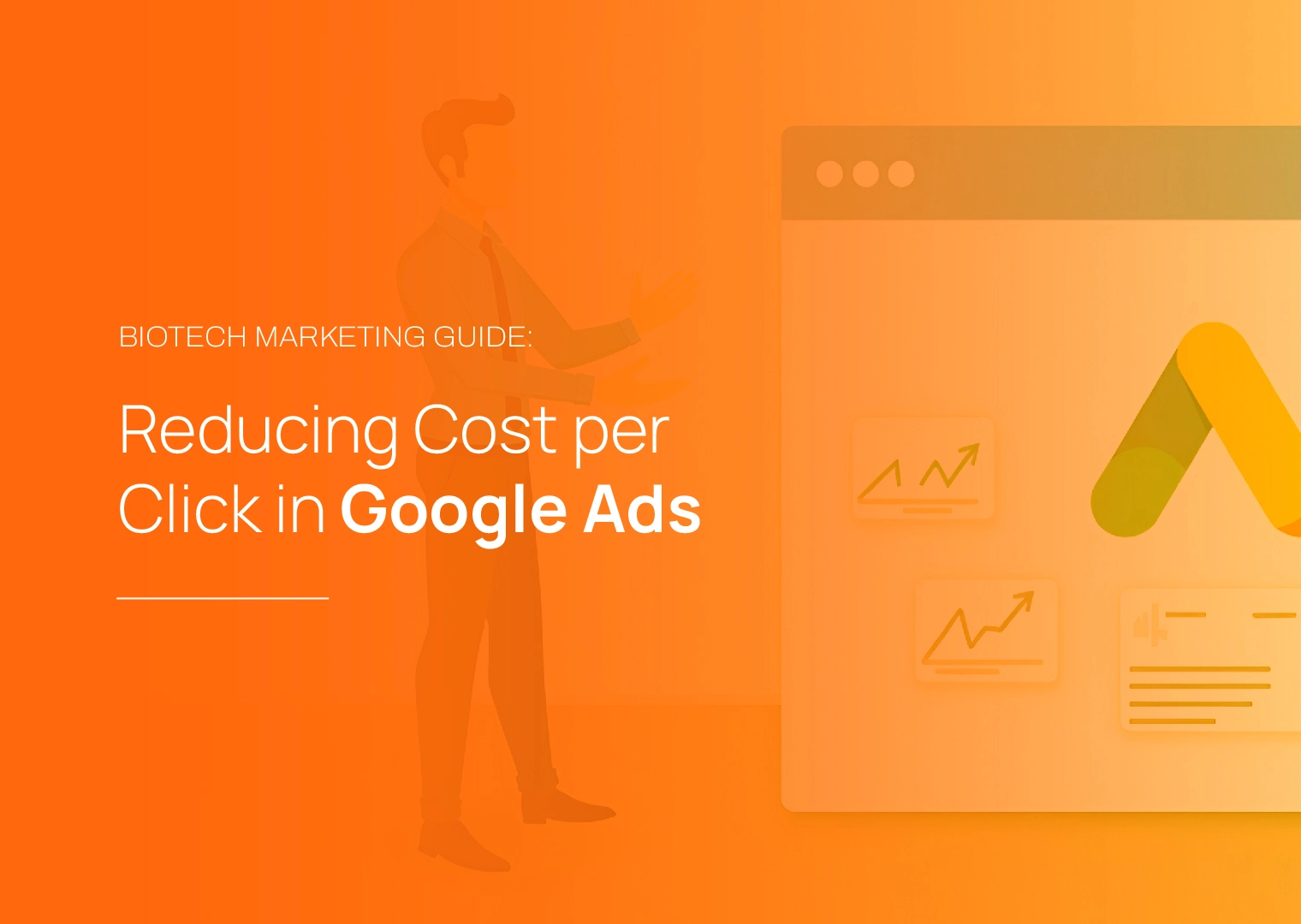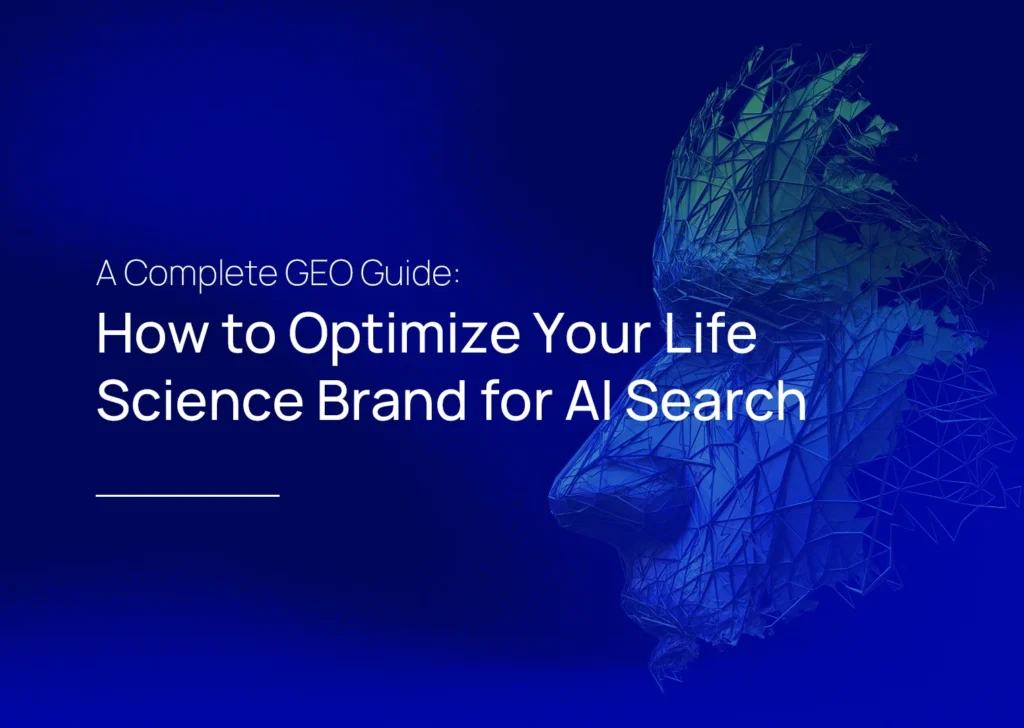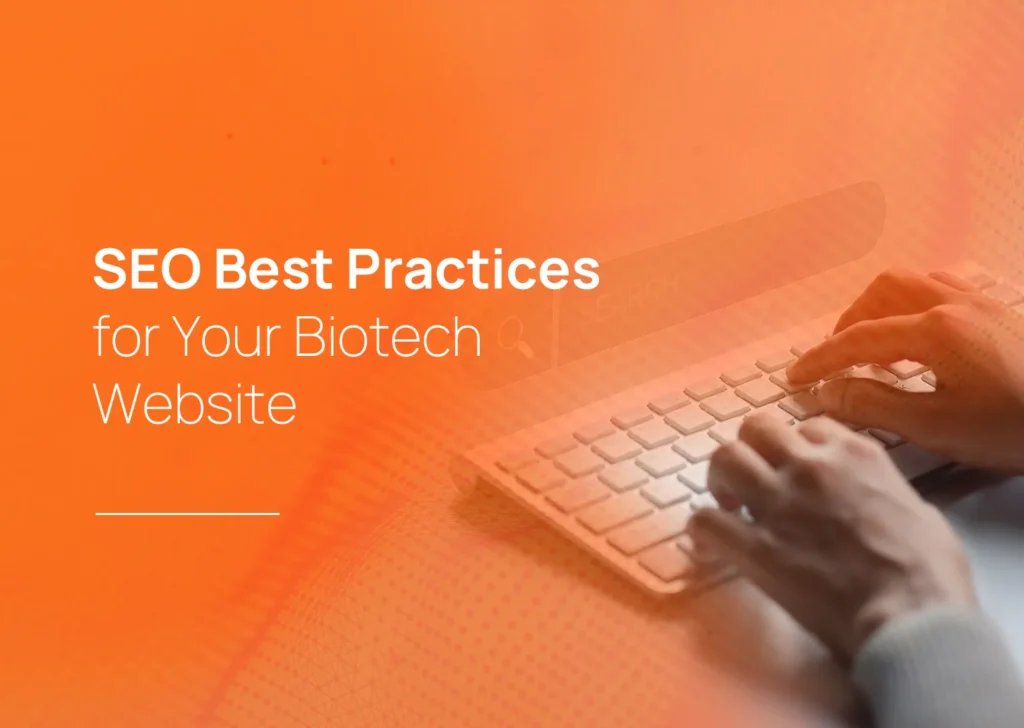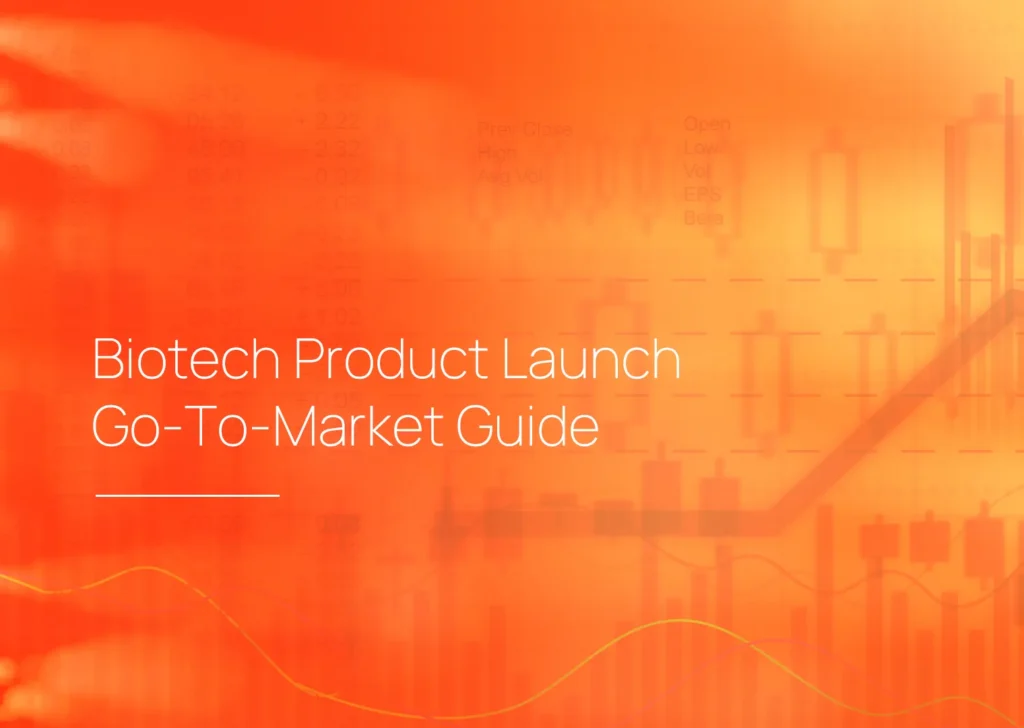Highlights:
- Strategic Use of Negative Keywords: Negative keywords eliminate wasted spend by blocking irrelevant clicks from search queries that are unrelated or too broad.
- Leverage Long-tail Keywords: Long-tail keywords (typically 3+ words) often cost less than broad search terms while also attracting more qualified prospects.
- Prioritize Quality: Increasing your Quality Score with high-quality landing pages can reduce CPC improved relevance & user experience, leading to fewer wasted clicks.
- Focus Your Targeting: Filtering out unqualified users through demographic exclusions based on factors like age, income, and educational attainment.
- Investment Strategy: Google Display Ads cost 60-80% less per click than Search ads while building brand awareness throughout extended B2B sales cycles.
The Biotech Marketing Guide for Reducing Cost per Click in Google Ads
In the biotech and life sciences industries, every dollar of your advertising budget counts. With pay-per-click (PPC) ads, especially Google Search Ads and Google Display Ads, cost per click (CPC) can quickly escalate if your campaigns aren’t carefully optimized.
For life science companies targeting laboratory directors, clinical research managers, and biotech decision-makers, reducing CPC without sacrificing the quality of your leads is essential for maximizing ROI.
At Samba Scientific, we specialize in helping biotech organizations get more value from their digital ad spend. Our data-driven approach has helped clients reduce CPC while improving conversion rates. In this guide, we explore proven strategies that deliver results.
Why Cost per Click Matters in Biotech Marketing
Your organization’s products and services cater to highly specialized audiences, meaning your ads must be precisely targeted. However, high costs on competitive keywords can drain budgets rapidly.
Reducing CPC allows you to maximize visibility with the same budget, improve your return on ad spend (ROAS), extend campaign longevity, and test new strategies faster.

1. Master Negative Keywords to Eliminate Wasted Spend
Negative keywords are your first line of defense against irrelevant, expensive clicks. In biotech marketing, terminology overlap between fields creates costly mismatches. If you’re advertising “PCR testing services,” you don’t want your ads showing for “at-home COVID tests.”
Start with these negative keyword categories:
- Career-related terms: “jobs,” “careers,” “salary,” “hiring”
- Educational content: “free,” “how to,” “tutorial” when targeting qualified prospects
- Wrong industry segments: potentially “veterinary,” “agricultural,” “food,” etc.
- Geographic exclusions: locations where you don’t operate
Pro Tip: Review your Search Terms regularly and add any terms that are irrelevant or too expensive as new negative keywords. This practice reduces spend over time and ensures that the traffic coming from your ads becomes more qualified as you optimize your campaign.
2. Refine Your Keyword Strategy with Precision Targeting
Broad match, short-tail keywords can bring irrelevant traffic to your site and drive up CPC. Instead, prioritize exact match and phrase match keywords for precise targeting.
Focus on long-tail keywords that reflect specific services – “GMP plasmid manufacturing” or “CRISPR screening services” rather than generic terms like “medical manufacturing” or “screening test.”
When in doubt, utilize Google Keyword Planner to enter your list of keywords to determine their average search volume and bid price. Finding the sweet spot between affordable, popular, and finely tuned, high-intent keywords will be the result of careful optimization.
3. Optimize Ad Copy and Extensions for Higher Quality Scores
High click-through rates (CTR) will tend to lower CPC through Google’s Quality Score model. Quality Score improvements can reduce CPC by 20-30% for the same ad position.
Boost CTR with:
- Tailored ad copy for each unique ad group
- Clear, action-oriented CTAs like “Request Demo” or “Download White Paper”
- Ad extensions including callouts, sitelinks, and structured snippets
- Landing pages that match ad content and load quickly
Better ads attract better clicks and drive costs down while improving user experience.
Inside Insight: See how we reduced our costs and increased conversions on our own ads by simply focusing on a higher-quality landing page.
4. Leverage Strategic Audience Targeting
Your ideal customers likely have several demographic attributes in common – they may be in a high-income bracket, have advanced college degrees, and live and work in certain areas of the world. Consider geotargeting in addition to demographic targeting to focus spend where it matters most.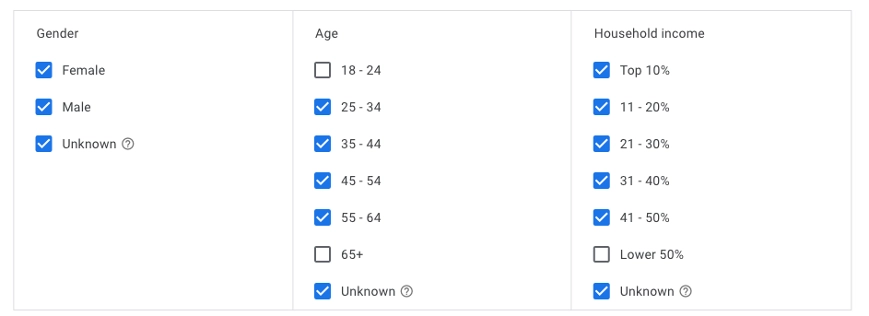
When appropriate, consider using in-market audiences, custom segments, and remarketing lists to reach users who are more likely to convert.
Target visitors who viewed high-intent pages like product specifications or pricing information. Smarter targeting equals fewer irrelevant clicks and lower CPC.
5. Segment Campaigns for Granular Control
One-size-fits-all campaigns are expensive and ineffective. Segment your Google Ads campaigns by product line, buyer stage (awareness vs. purchase intent), and geography.
Granular segmentation enables more relevant messaging and precise bidding control, ultimately leading to lower CPC and higher conversion rates.
6. Utilize Google Display Ads for Cost-Effective Brand Building
While Google Search Ads capture immediate intent, Google Display Ads excel at nurturing prospects through longer biotech sales cycles at significantly lower cost. Display ads typically cost 75% less per click than search ads, as well.
Effective display strategies include:
- Targeting scientific publications and industry websites
- Remarketing to conference page visitors
- Sequential messaging that tells your story across multiple touchpoints
- Visual storytelling with scientific imagery

7. Implement Smart Bidding with Robust Conversion Tracking
Manual bidding becomes inefficient as campaigns scale. Google’s machine learning algorithms optimize bids more effectively than manual adjustments, but only with proper conversion tracking in place.
We recommend that you track these essential conversions:
- Lead form submissions
- Phone call conversions
- Content downloads
- Email subscriptions and meeting requests
Once tracking is implemented, strategies like Target CPA and Target ROAS automatically optimize bids to reduce CPC while maintaining lead quality.

Measuring Success Beyond CPC
While reducing Cost per Click is important, monitor these additional metrics to ensure overall campaign health:
- Cost per qualified lead
- Lead-to-customer conversion rate
- Brand awareness metrics like impression share
Partner with Biotech Marketing Experts
Reducing CPC in Google Ads isn’t just about tweaking bids – it’s about understanding your audience, products, and the competitive landscape.
At Samba Scientific, our deep experience in biotech and life sciences marketing means we don’t just manage ads – we make them work smarter through data-driven optimization.
Ready to optimize your biotech Google Ads campaigns? Schedule a consultation today.
